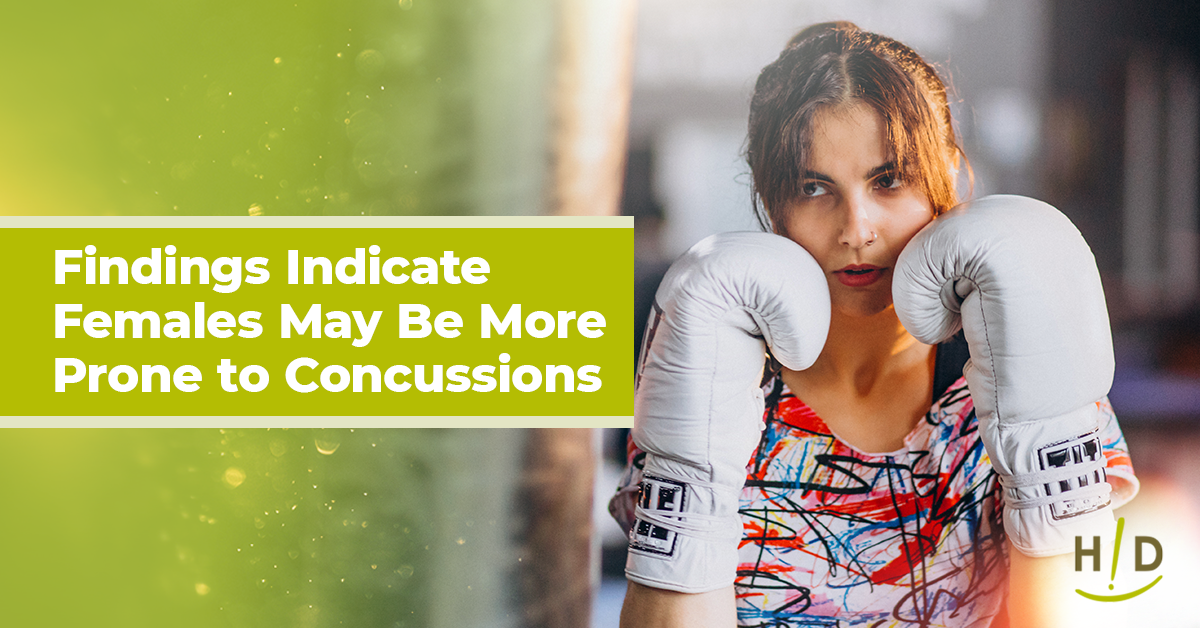Though quite common, head injuries - especially among athletes - have lasting side effects that could interfere with daily life for years to follow. Until recently, researchers had used only male mice to study the impact of concussions. While scientists had established the outcome of head injuries among men, there had been little comparison with their female counterparts, explained National Public Radio. Investigations comparing the female and male response to brain injuries began last year and the results have been quite telling.
Females Are More Affected by Concussions Than Males
In June 2017, Mark Burns of Georgetown University published a study highlighting the difference in the inflammatory response to severe brain injuries between male and female mice, reported NPR. Traumatic head injuries caused an immediate response from the immune system among male mice. The immune reaction among the female mice on the other hand took as long as one week, Burns told NPR. Scientists have yet to pinpoint exactly why there is a difference in response. Some hypothesize that a lack of neck muscle in females translates to being hit harder and more forcefully. Others have pointed to a difference in hormones that affect the brain response. Dr. Charles Bernick, a scientist who leads a study of female fighters, believes there will not be a definitive answer for some years still. "Women may be more likely to suffer concussion. Their symptoms may linger longer," he told NPR. "The question is: Is that because women are just more likely to report injuries, or is there a biological higher vulnerability."

Is The Answer in Nerve Fibers?
While the disparity among male and female concussions is still up for debate, one study has concluded that a difference in nerve fibers may hold the answer, according to Science Daily. Neuroscientists from University of Pennsylvania School of Medicine used both rat and human neuronal cells to study symptoms related to head injuries. In a study published in the journal Experimental Neurology, the researchers found that nerve fibers in the brains of females are smaller and more breakable than those in the brains of their male counterparts. It was concluded that even when suffering a hit of the same impact, the nerve fibers - also known as axons - of females were more susceptible to breaking when compared to those of males. The scientists think that it is this breaking of nerve fibers that is responsible for the symptoms associated with concussions such as dizzy spells and loss of consciousness. It was found that 24 hours after the head injury, there was a great loss of calcium and more swelling in the axons of females than males, reported Science Daily. "The paper shows us that there is a fundamental, anatomical difference between male and female axons," said lead researcher Dr. Douglas Smith. "In the male axon, there are a great number of microtubules, which make the entire structure stronger, whereas in female axons, it's more of a leaner type of architecture, so it's not as strong. You can imagine that if something goes wrong with that transport system, the cargos get dumped out and start to pile up and that will create a huge problem." With findings that indicate more frequent and severe concussions among female athletes, prevention methods are more important than ever, especially among young athletes.
Youth Sports and Concussions
For many parents, weighing the pros and cons of putting their children into contact sports often comes down to the risk of concussion. Sports-induced concussions among youth occur every three minutes in the U.S., according to the National Safety Council. Between 2011 and 2012, 12 percent of all emergency room visits among athletes between the ages of 6 and 9 were due to a concussion. Over that year studied, concussions stemmed from 14 different sports.
"Concussions among child athletes occur every 3 minutes in the U.S."
Children participating in sports including football, hockey and soccer are especially vulnerable to these head injuries. Though the majority of these injuries do not result in a loss of consciousness, as the NSC reported, they are still cause for concern. Reporting on data from Protect the Brain, the NSC reported that those who suffer one concussion are four to six times more likely to sustain a second concussion. While many young athletes will bounce back after a few weeks of rest, some who endure concussions experience symptoms and side effects for months and even years afterward. The long-term effects of sports-related concussions have been the center of debate for some time now but what is clear is that these head injuries can have a lasting impacting on the brain, noted the NSC.
Reducing Concussion Risk
Today, a number of groups and organizations have come together to reduce the risk of head injury in youth sports. As the U.S. Centers for Disease Control and Prevention advised, creating a safe environment for children to participate in sports is the top priority for concussion prevention. Enforcing fair play and forbidding illegal contact, unsafe checks or hits, unnecessary contact and other dangerous actions is extremely important. This goes for all adults, coaches and players as well.

If an athlete is hit too hard, it is important for leaders to foster an environment where young kids feel comfortable reporting injuries and symptoms. As the CDC explained, young athletes may not always report head injuries for fear of having to sit out for a game, looking weak or losing their starting position. As such, it is crucial to have open conversations about the importance of recognizing concussions and treating them properly. Moreover, all those involved in sports must know the symptoms of a concussion. While headache is the No. 1 symptom, other signs include confusion, dizziness, nausea, trouble concentrating and bothered by light, noted the CDC. All athletes must be cleared by a health care provider before stepping back on the field.







